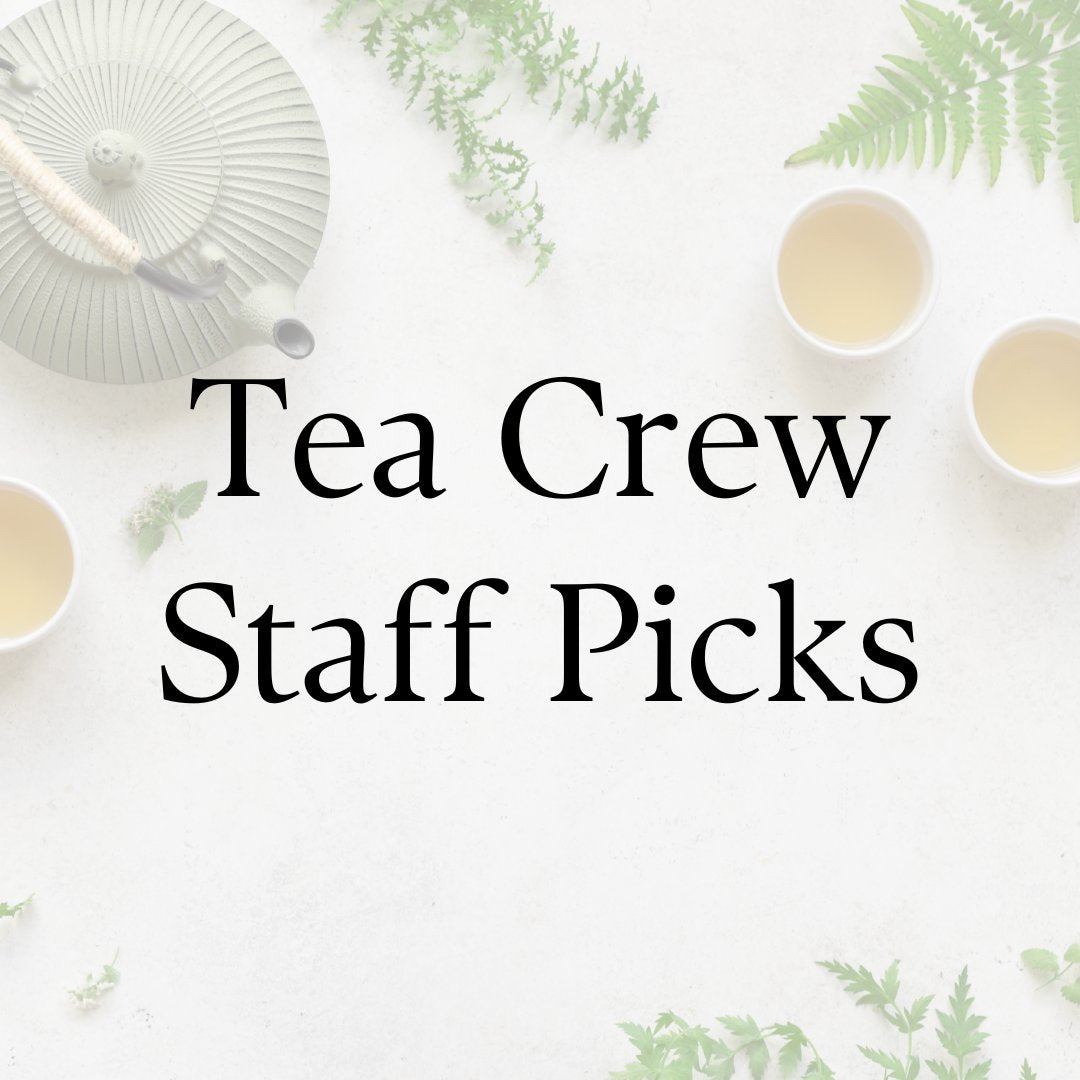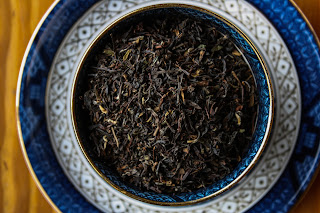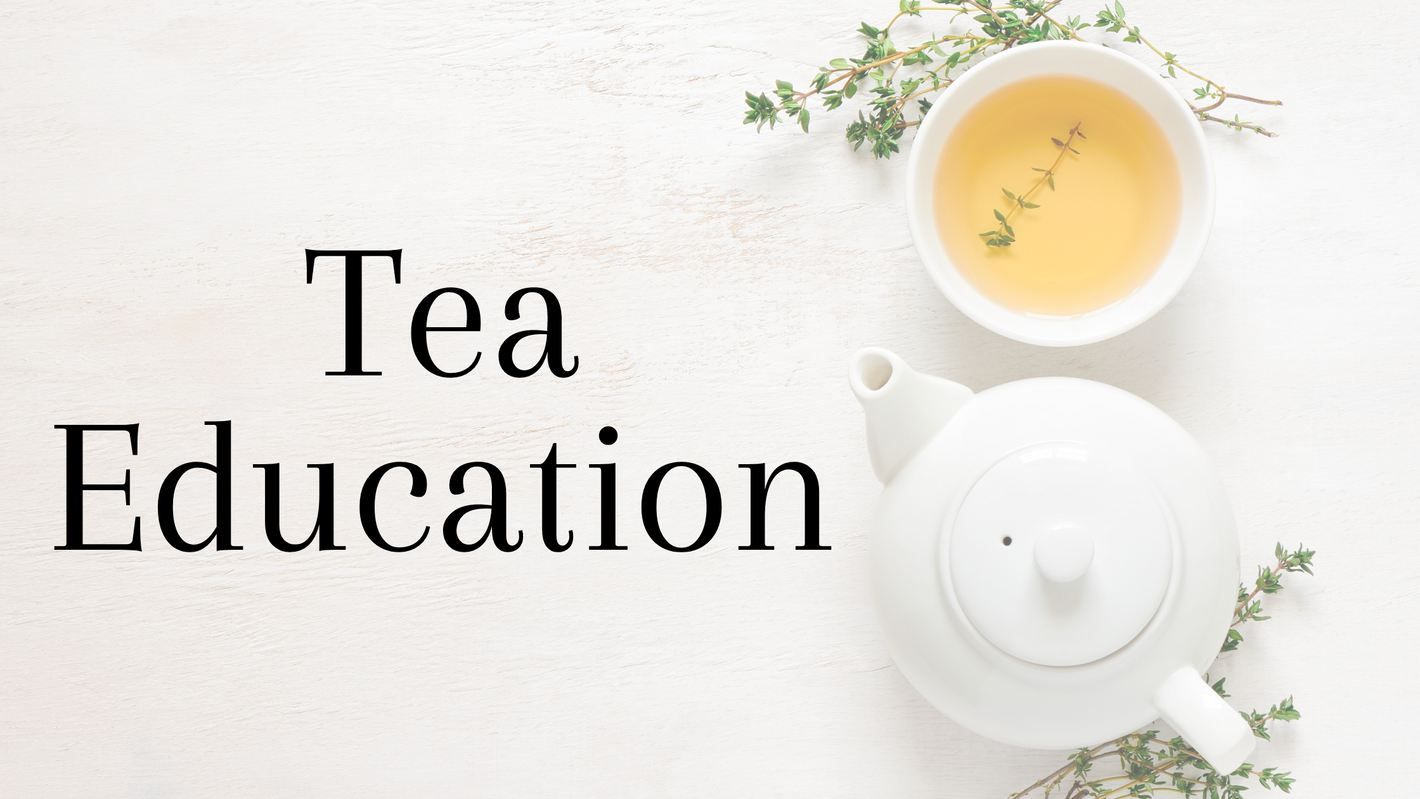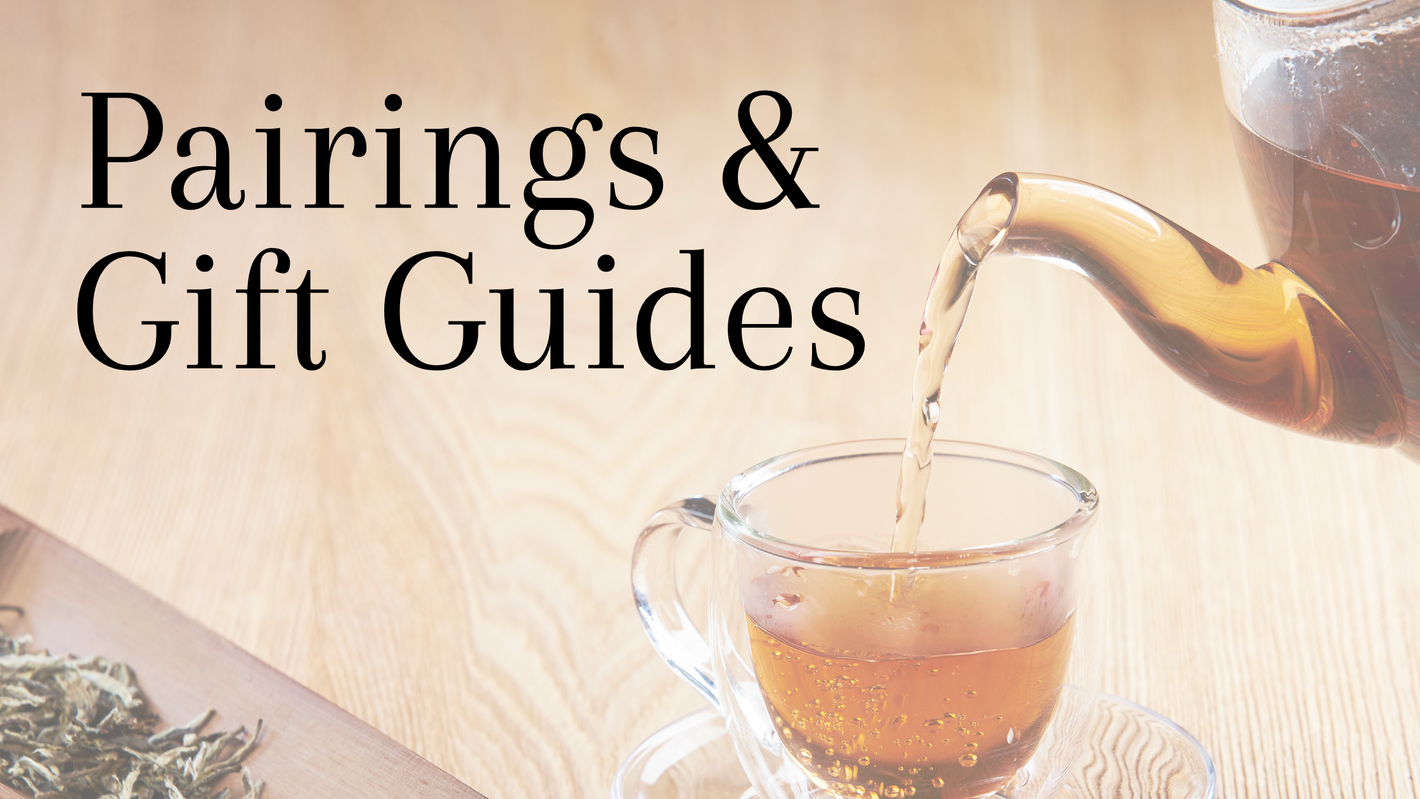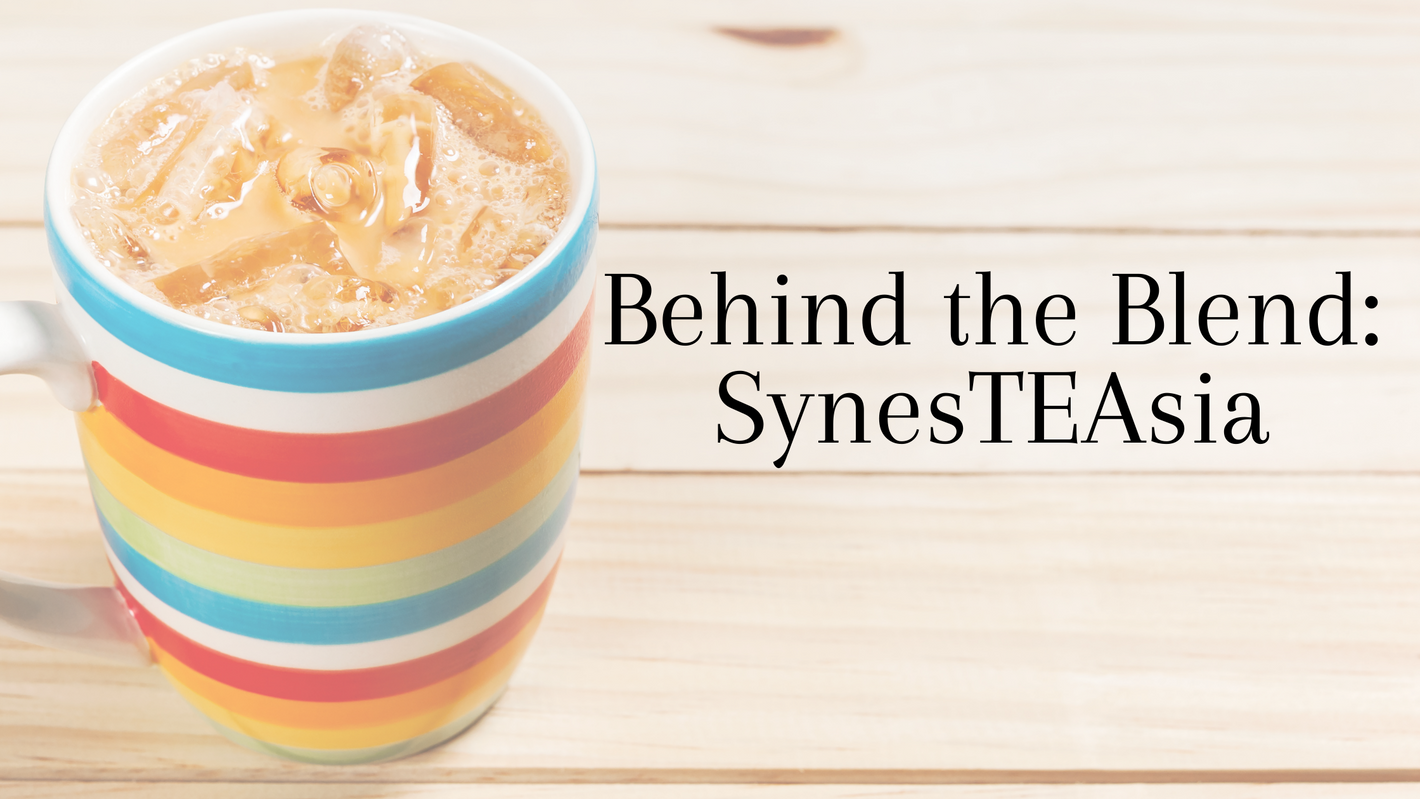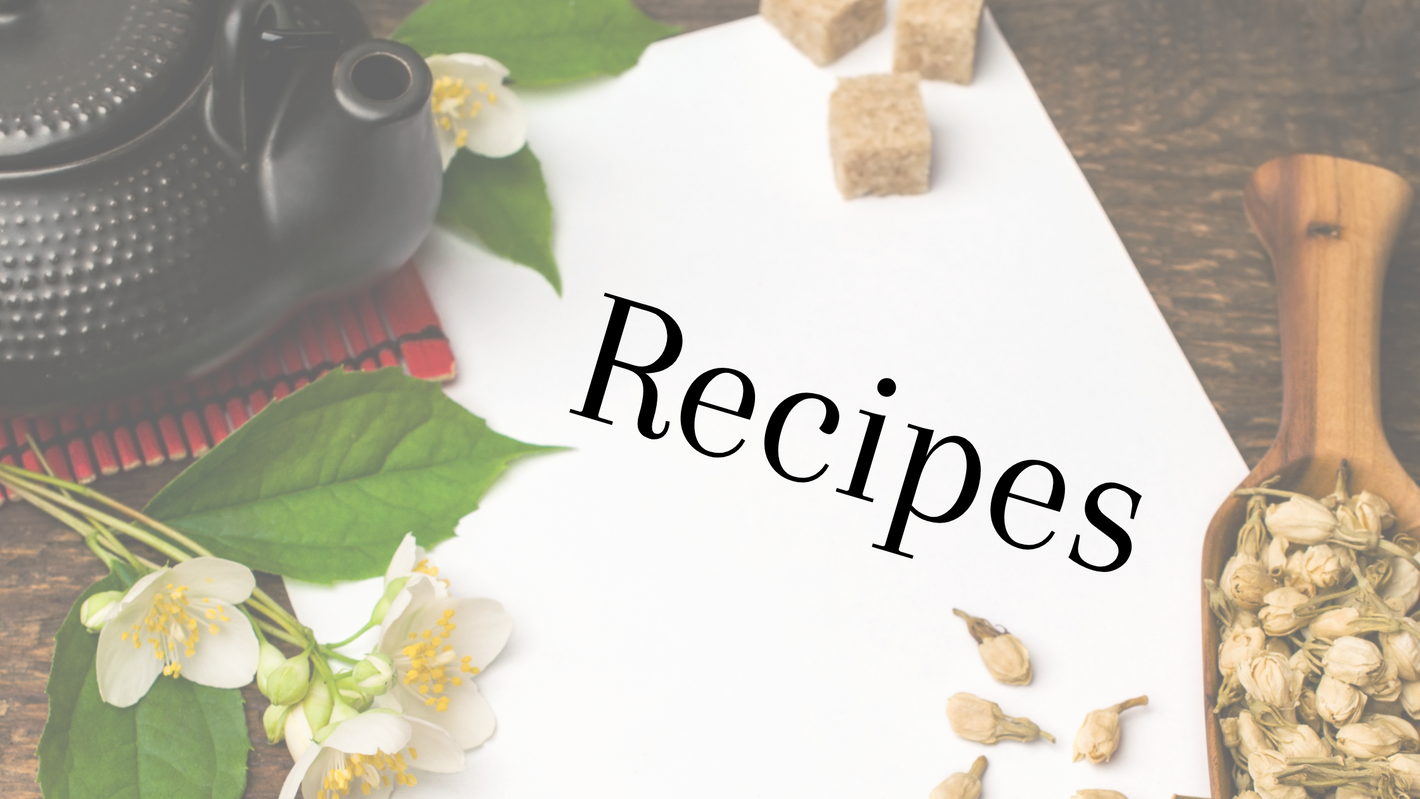These are queries I have received repeatedly over the years, so don't worry. You're not alone in wondering how to Tea!
Depending on the cut of the leaf, the quantity of water and the method of brewing. As a general rule of thumb, start with a teaspoon of leaf per 8 oz. of water. With larger cut leaf, you'll need a bit more, due to all the air that exists between the curlicues of a bigger cut. With small cut leaf, you can get away with a little less due to the lack of much air space between leaves. The strength of a good cup of tea is highly subjective, so start at the 1 tsp/8 oz. baseline and adjust to taste as you like.
How hot should my water be?
Once again, this depends on a number of factors. We always say, "The darker the leaf, the hotter the water." White teas, yellow teas and light steamed greens will scald over 185°F, but should be at least 170°F to shock enough flavor out for an effective hot infusion (cold-brewing is another thing, which we'll discuss in a future post). Toasted greens and oolongs do fine between 185°F and 195°F. Black teas like to be infused at a full boil (212°F).
Herbal teas, or "tisanes," vary in temperature preference widely as well. Tisanes that are mostly florals, grasses and rooibos will do best between 170°-185°F. Tisanes primarily composed of citrus peels and spices like to be infused anywhere between 185°-212°F. Pretty versatile!
How long should I steep my tea?
My guideline is this: For french press infusion, start with 30 seconds and see if you'd like it stronger from there. For bagged or basket infusion I recommend 2 minutes as a jumping-off point. For gaiwan, we think 5-10 seconds is ideal.
How long will my leaf last?
Your loose leaf should not begin to stale for at least 6 months after it is in your possession. Keep tea away from light and air as much as possible to extend its shelf life. If kept properly, most teas will last for well over a year. The more porous a tea or tisane (think flowers and freeze-dried fruit), the more quickly it will stale. Also keep in mind that some teas, like pu-erhs, are designed to be aged. Just make sure you're keeping them in good storage conditions and you'll get years of life out of them!
How much caffeine is in my tea?
Ok, this is a super tricky one with a lot of exceptions. Generally speaking, tisanes contain zero caffeine, white teas contain moderate caffeine, green teas contain light caffeine, oolongs contain light caffeine and black teas contain moderate-to-high caffeine. There are SO MANY exceptions and factors that rearrange this ranking. So. Many.
The tippier (higher on the branch) a tea is plucked, the higher the caffeine content. Specific varietals of tea are bred for higher caffeine content. Yerba Mate and Guarana are technically classified as a tisanes, but contain super high caffeine levels. Teas grown at a higher altitude will have a higher caffeine content. Teas grown in soil with higher nitrate content will have a higher caffeine level. See what I'm saying? There are a lot of factors at play here, so if caffeine is an area of concern for you please ask your tea supplier about the caffeine content of specific teas before consuming. We are always happy to point you in the direction of a tea that will meet your caffeine level needs.
I hope you got some helpful info from these FAQs. Please comment below with any other questions you have and I will answer them as promptly and thoroughly as I can!
Loves,
Friday
